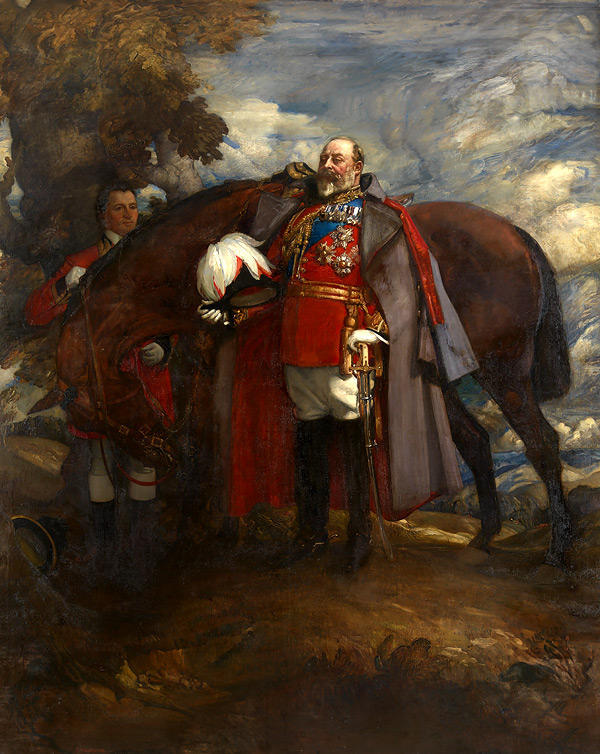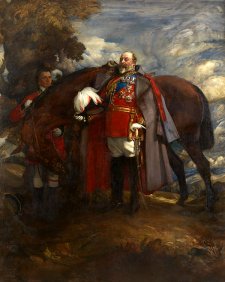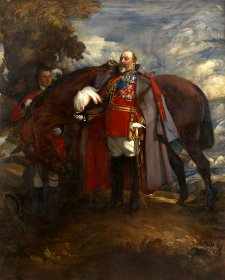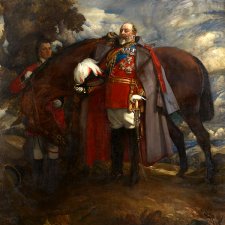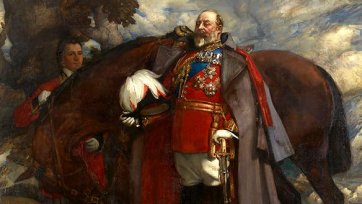King Edward Terrace was named in honour of King Edward VII (1841-1910), the eldest son of Queen Victoria, who died on January 22, 1901, only three weeks after the Commonwealth of Australia Constitution Act came into effect, uniting six previously separate British colonies. King Edward reigned until 1910, and was the last British sovereign to exercise a discernible measure of personal influence over foreign policy and military affairs throughout the British Empire and the so-called dominions, including Australia. The brief and compacted "Edwardian" era was the last such period of British history or culture to derive its name from a reigning monarch or dynasty, dangling at the end of an impressive sequence, including Tudor, Elizabethan, Jacobean, Georgian, Regency, and Victorian. Queen Elizabeth II is King Edward's great-granddaughter.
- Plan your Visit
- Full calendar
- Current exhibitions
- Touring exhibitions
- Previous exhibitions
- National Photographic Portrait Prize
- Darling Portrait Prize
- Make a booking
- School visit information
- Current programs
- Virtual excursions
- Learning resources
- Little Darlings
- COVID-19 Safe Plan
